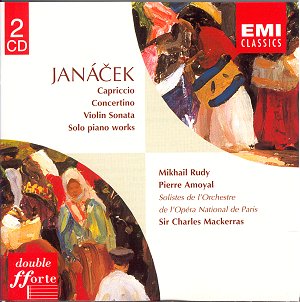 Composer: Wolfgang Amadeus Mozart
Composer: Wolfgang Amadeus Mozart
Works: Symphony No. 33 in B flat major, K319; Symphony No. 35 in D major, K385 ‘Haffner’
Performers: Academy of St Martin-in-the-Fields/Iona Brown
Recording: April 1997, Henry Wood Hall, London
Label: HÄNSSLER CLASSIC CD 94.003
Mozart’s symphonic oeuvre, particularly during the late 18th century, encapsulates the transition from the Classical to the burgeoning Romantic idiom. The Symphony No. 33 in B flat major, K319, and the Symphony No. 35 in D major, K385, commonly known as the ‘Haffner’, are exemplary works from this period that showcase not only Mozart’s compositional prowess but also his ability to convey emotional depth and structural clarity. These symphonies, composed in 1779 and 1782 respectively, reflect the composer’s maturation and his engagement with the formal and expressive possibilities of the symphonic form.
The Academy of St Martin-in-the-Fields under the direction of Iona Brown presents a performance that is both spirited and intellectually engaging. The interpretation of Symphony No. 33 is characterized by its buoyant energy and rhythmic vitality. Brown’s tempo choices lend a sense of urgency to the opening Allegro con spirito, where the crisp articulation of the strings effectively highlights the intricate counterpoint that Mozart employs. This is particularly evident in the development section, where the interplay between the woodwinds and strings showcases a deft balance of color and texture. The second movement, Andante, offers a contrast with its lyrical introspection; here, the players achieve a rich sonority that beautifully underscores the emotional nuances of the melodic lines.
In the ‘Haffner’ Symphony, the ensemble’s performance reaches new heights. The Allegro con spirito bursts forth with an exuberance that is infectious, yet the music’s elegance is never sacrificed for mere speed. The precision of the string section, particularly during the rapid passages, is commendable, and the brass entries are executed with a splendid clarity that enhances the overall brightness of the orchestral sound. The Andante, often seen as a highlight of the symphony, is treated with a sensitivity that allows the listener to savor every poignant phrase. The woodwinds shine here, their timbre blending seamlessly with the strings, creating a warm and inviting atmosphere.
The recording quality of this release captures the subtle textures of the orchestration with remarkable fidelity. The acoustics of Henry Wood Hall seem to favor the Academy’s nuanced playing, allowing for a clear delineation of individual instrumental lines while preserving the rich harmonic tapestry that is characteristic of Mozart’s orchestration. The engineering is particularly praiseworthy; the balance between instruments is well managed, ensuring that no single section overpowers the others, thus allowing the listener to appreciate the intricate dialogues that Mozart so masterfully crafted.
When compared to other notable recordings of these symphonies, such as those by the Vienna Philharmonic under the direction of Karl Böhm or the Berlin Philharmonic with Herbert von Karajan, this interpretation stands out for its freshness and vitality. While the aforementioned conductors bring their own weighty interpretations, Brown and the Academy inject a sense of youthful exuberance that is particularly fitting for the essence of these works. This performance is more than a mere reproduction of the score; it is an invitation to experience Mozart’s music in a manner that feels both immediate and timeless.
This recording of Mozart’s Symphony No. 33 and No. 35 offers not only a delightful listening experience but also an insightful exploration of the composer’s genius. The Academy of St Martin-in-the-Fields, through Iona Brown’s direction, delivers a performance that is both technically accomplished and emotionally resonant. The interplay of precision and expressiveness makes this recording a significant addition to the catalog, effectively capturing the spirit of Mozart’s symphonic innovation.



